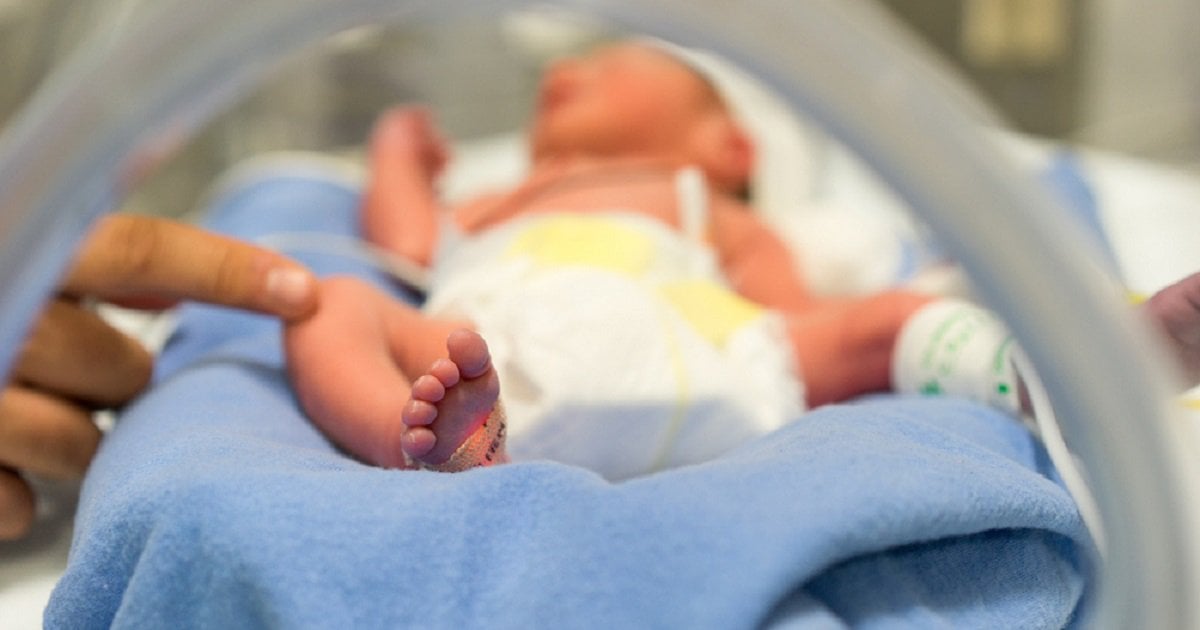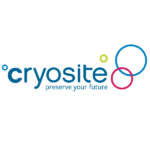

There are a lot of unknowns about raising a child: will they be more interested in swimming or tennis? Will they aspire to be a doctor or an astronaut? Will they be a terrible two or a traumatic teen (…or both)?
When it comes to children, the only thing you can know for sure is that there is guaranteed to be nothing you can know for sure.
But, there is something you can do from the very beginning to ensure your child has a safe and healthy future. A way to access a rich source of stem cells to help treat around 80 different health disorders, including blood cancers, and immunodeficiency and metabolic disorders.
It’s called cord blood and tissue banking, and although it sounds like something from a futuristic sci-fi flick, the process has actually been used to treat a variety of health issues for more than 20 years. So how exactly does it work? And what does it cure? Let us delve a little deeper.
Umbilical cord blood is a rich source of stem cells, which are the ‘building blocks’ of the body. Stem cells have the ability to become any type of cell in the body, like a muscle cell, red blood cell or a brain cell. The blood stem cells found in cord blood can develop into various types of human blood cells.
The most common uses for cord blood relate to the treatment of blood disorders and cancers, like immune deficiencies and leukaemias. New technological and scientific advances mean the range of diseases that are able to be treated with cord blood is getting bigger and bigger, which is good news for us.




Top Comments
Nice ad.
The best thing you can do for your baby with its cord and the blood contained therein is delay clamping at birth and let all the lovely liquid flow into the bub at the time it can give it the best start in life.
This is absolutely not true. Every single obstetrician I work with disagrees with this method. It actually overloads the baby and they can become jaundice.
You are right Delay!
Sorry but you (and your obstetrician friends) are wrong. The evidence is very strong in favour of delayed cord clamping and the benefits for baby receiving his/her full blood volume rather than robbing it to store for future use. DCC does not cause jaundice and is now recommended by RANCOG in their guidelines.
You have obviously not seen the evidence!! When a baby receives ALL of their blood volume, they feed better and rarely become jaundiced. Look at the latest studies - obviously all the obstetricians you work with are not up on the latest practice!!
For the most part cord blood cannot be used for the baby it is from. They cannot use it to treat a lot of cancers from that child as they are just replacing their compromised blood. It is more likely to be used for someone else. The best thing you can do for your child is to have another one.
You can now expand stem cells so it certainly can be used for transplant. Even if not expanded it can be used with other sources of stem cells. It's always best to use your own source.